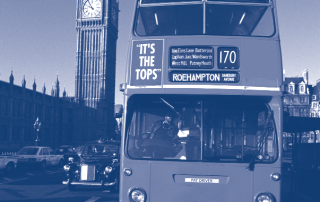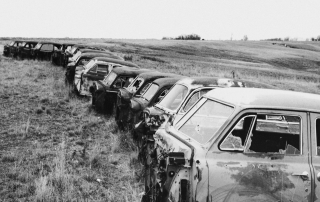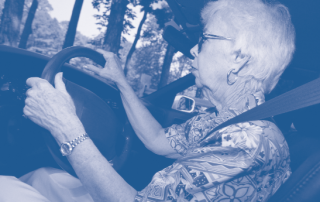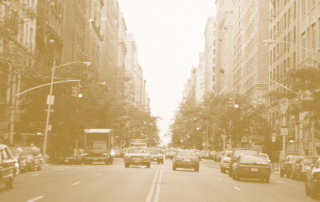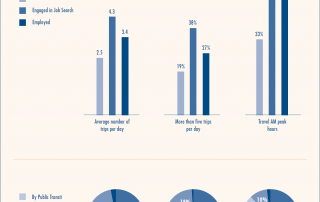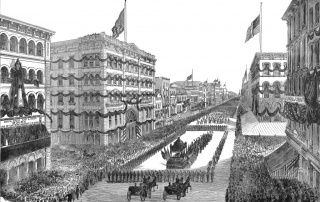Skeptical Optimism in Transportation and Planning Research
Brian D. Taylor
I suspect that every one of Professor Melvin Webber's colleagues experienced The Furrowed Brow at one time or another. Offer an assertion on almost any topic, and Mel would employ The Furrowed Brow—an exceedingly earnest and quizzical expression he wore while peppering you with questions challenging your proposition in a methodical point-by-point fashion. Conventional wisdom of any sort was especially likely to elicit The Furrowed Brow—“good planning requires public participation,” “we can’t build our way out of congestion,” “urban travel is underpriced” or any similar statement was vulnerable. “Why?” Mel would ask. “How do we know?” “Are you sure?” On a few occasions he asked me “Why?” “Why?” “Why?” so many times in a row that I thought that he was pulling my leg. But he wasn’t.



